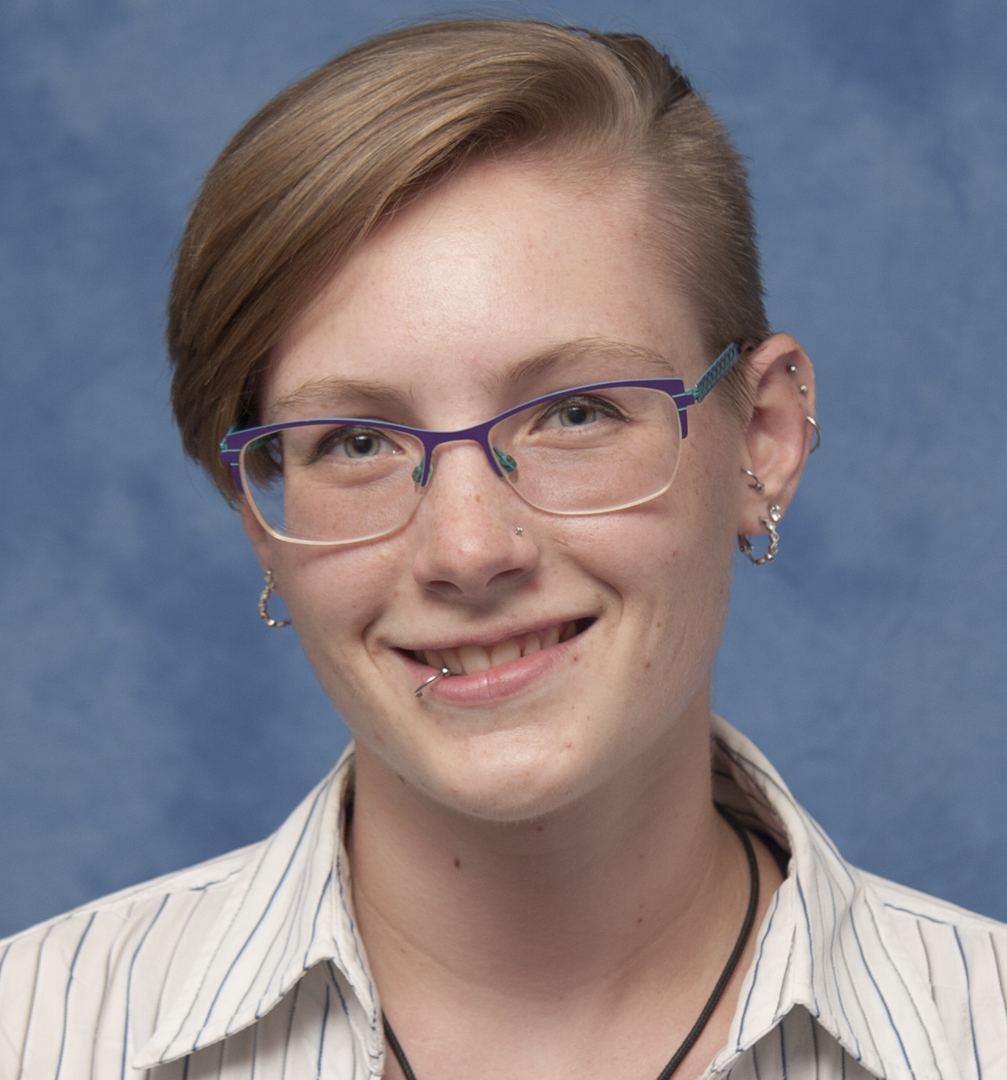2018-19 Space Grant Intern, Marissa Heffernan, reports on current UA student research at AZ Daily Star.

Water from air: UA students' generator project to help poor communities in Peru
A group of University of Arizona students is working on a project to install generators that make drinking water out of humid air in impoverished communities in Peru.
The team, led by student Marcela Hernandez, is working independently of the university to make business connections, privately fund the generators, and to get them installed in the communities as part of a project they call Hace Agua or Make Water.
“A couple years ago Peru was in a state of emergency because their main source of water, which is the Rimac River, was extremely contaminated and polluted with all the mudslides,” Hernandez said.
Hernandez, who is a senior studying business management, said the need is high in Peru normally, with 1 million people lacking running water, and after the natural disasters worsened the situation, she knew she had to help. She recruited four other students from her business fraternity Alpha Kappa Psi.
“We’re here drinking water and showering, taking water for granted and people in Peru can’t even drink water,” Hernandez said. “So we started doing some research on how to be able to bring them a supply of water, at least a temporary solution, and we came across there atmospheric water generators.”
Her friend, Jennica Larson, also a senior at Eller College of Management, said they were looking for a way to help people, and the simplicity of the generators fit their goals.
Atmospheric water generators use humidity in the air to produce drinkable water, Larson said. They do this by drawing in air and lowering the temperature to the point when the humidity condenses out of the air. Then, that water is run through a series of filters to purify it.
There are many makes and models, but Larson said they went with EcoloBlue, from an American company, and hooked it up to the electrical grid.
“Some of them can be set up to be powered with solar panels but it takes around 12 solar panels to power one. That was a super big investment and we just decided to do the electric powered ones,” Larson said.
Hernandez said as Peru has a year-round average humidity of about 90 percent, the generators seemed like the perfect solution. However, the generators aren’t cheap.
“The main problem is that we are students and we don’t have money,” Hernandez said. “Each of these machines were $10,000 and obviously we could not afford that.”
The solution came from an idea Hernandez learned at Eller — providing incentives. She reached out to two Chilean telecommunications companies, Continental Towers and Entel, that are struggling to enter the Peruvian cellphone market.
“No one in Peru was buying cell phones or getting their service,” Hernandez said. “So we reached out to them and said ‘we have this great project, you guys are having trouble getting started here, and this might help you, doing a corporate social responsibility (project) in Peru, and showing that you care about these people.’ They were on board immediately with everything.”
With the support of the two companies, the group spent three months last summer testing and installing the generators. Hernandez said being the only bilingual member of the UA group allowed her to manage the project more fully, especially as the way of doing business was not what they were expecting.
“It was definitely a difficult process. Business there is way different than business in the U.S. It’s a lot more difficult to get everything in a timely fashion. We really struggled just with having people commit to what they were saying,” Hernandez said.
Although the group initially planned to place all the atmospheric water generators into low-income neighborhoods, they decided to test the technology in a lower middle-class neighborhood first, both to make sure the generators would work and for safety reasons.
“The cell phone companies said ‘you know, Peru is really, really dangerous right now. We’d have to hire military or somebody to escort you guys just to be safe,’” Hernandez said. “So we said ‘we don’t even know if this is going to work. Let’s test it out somewhere where we don’t need that many people to be on us.’”
Those first two generators, located in a public park in the seaside community of Magdalena del Mar in the city of Lima, were a success, Hernandez said. Now, the team is working to get four more generators operational, all in more rural areas.
“When we were there we were able to visit some of these areas and were able to talk to the families … about how long they have to walk to get water, to go to school and that stuff,” Hernandez said. “It was really impactful to see how much we take for granted. We can walk two steps to get water.”
- Marissa Heffernan, AZ Daily Star

